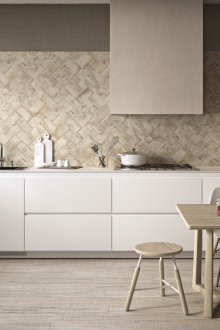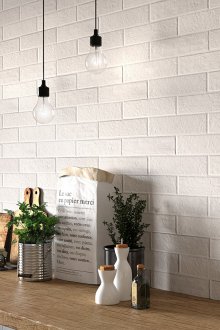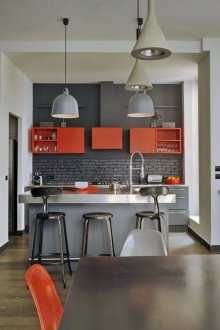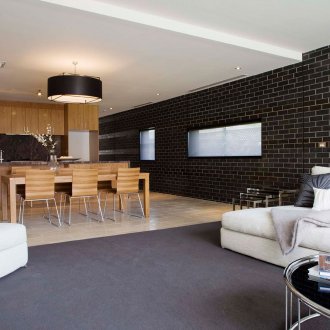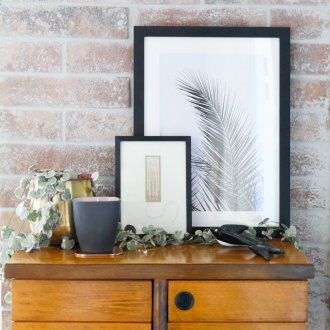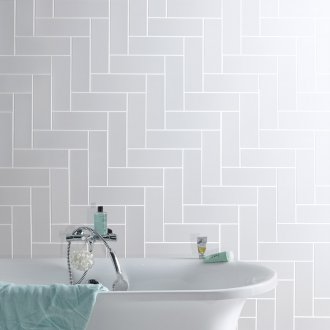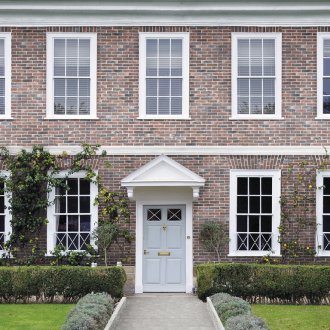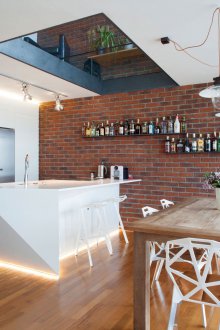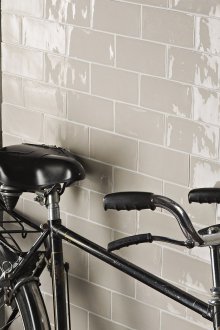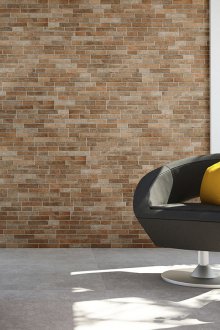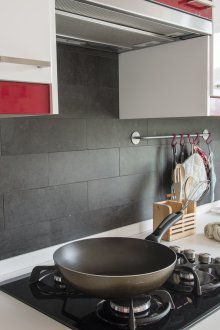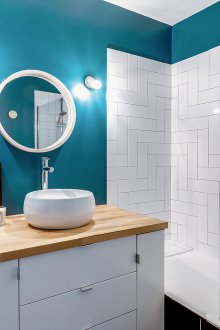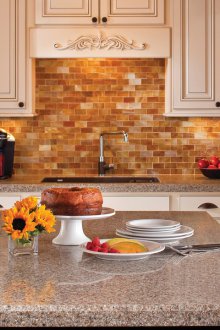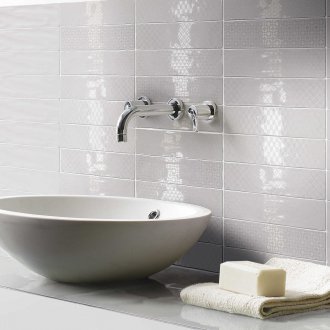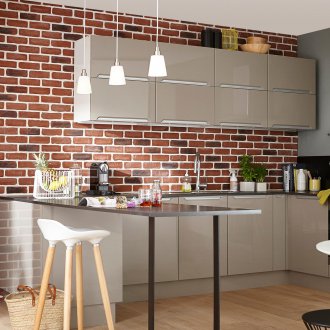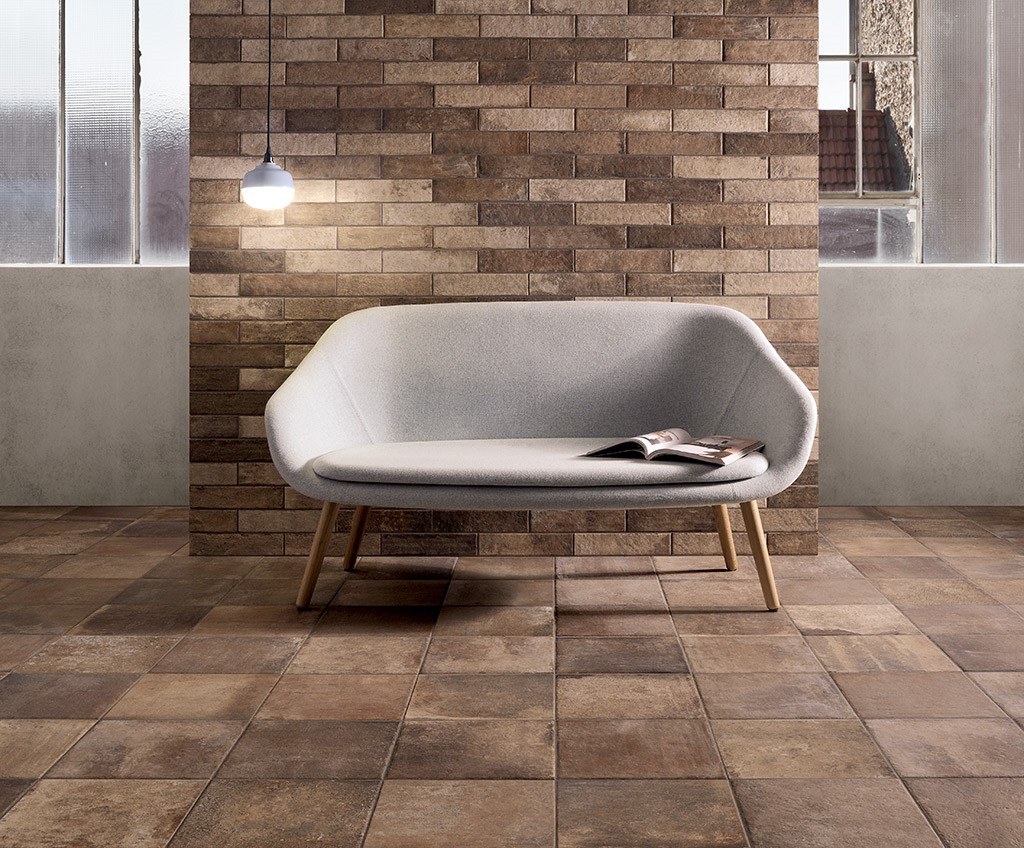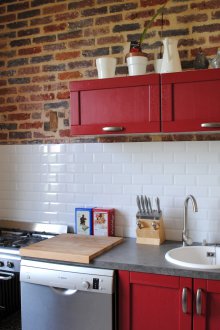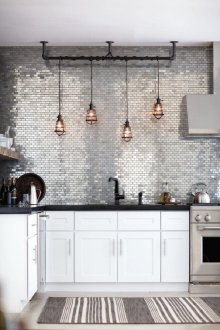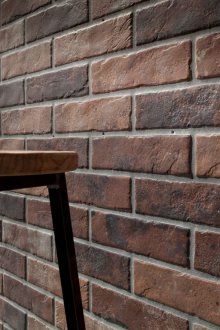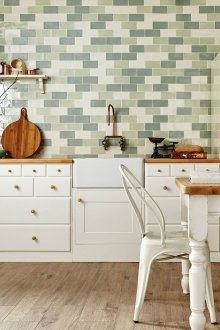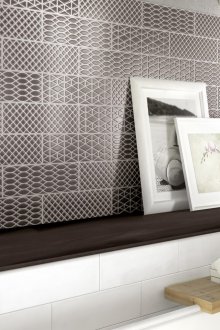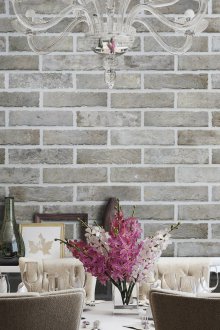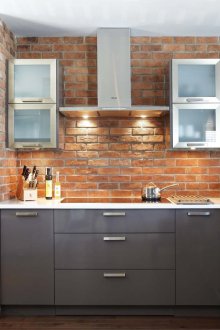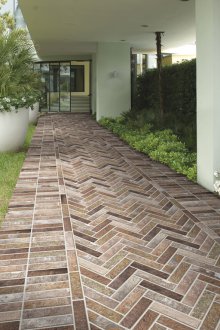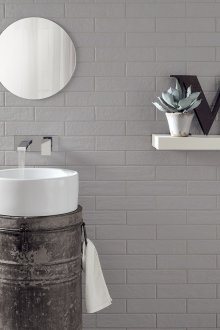Brick tile: simple and modern (25 photos)
Content
Brick cladding tiles are a widely used material both for the exterior decoration of buildings, and in cases where brickwork is necessary in the interior of a room. Brick tiles for the bathroom or in the corridor or in the kitchen can also be used, often replacing the usual tile there. Moreover, in the latter case, that is, when using brick-like tiles in the kitchen, it can be used to finish an apron for a brick. Moreover, if this material is used for an apron in the kitchen, then most often choose glossy gray, black and white tiles, since any dirt is clearly visible on such a lining, and it is easy to clean.
Brick decorative tiles can be gypsum, ceramic, cement-based, as well as polyvinyl chloride. It refers to environmentally friendly materials, because it does not emit harmful substances. Due to the complete safety of its use, laying tiles under a brick can be made both for the exterior decoration of building facades and for decorative decoration of walls inside the home in cases where, according to the designer's intention, imitation of brick is necessary.
Considering that the cost of an ordinary brick is not large, a reasonable question arises as to why it is necessary to use a tile imitating this building material, instead of just laying the internal and external walls with a brick. The answer is simple and very logical: a brick has a greater thickness and mass than a tile in the form of a brick, and it is more difficult to lay, which is especially important if brick tiles are used for interior decoration.
On the use of decorative brick tiles in various interior styles
This tile works well with brutality and simplicity, as well as sophistication in the interior. It fits particularly well in styles:
- minimalist
- Art Nouveau;
- loft;
- Scandinavian;
- African.
As for the first three artistic directions of its use in the design of living space, they are already familiar to many, but the last two styles are a relatively newer trend in interior design, so we will pay a little attention to them.
Scandinavian style
It impresses with its lightness, simplicity, naturalness. The inhabitants of the Scandinavian countries lack a desire for luxury in the interior. Pastel colors are predominant: beige, as well as light shades of gray, blue, green and brown.
The gray brick tiles will also look good. However, the best option, without a doubt, is a “white brick” tile, especially if the interior contains juicy color inclusions in the form of blue, green and red shades.
The main thing for the Scandinavian style is the naturalness of the materials, so a brick, even if it is imitated by gypsum brick or brick tile, will always bring warmth and comfort to the home.
African style
In the last decade, signs of an eco-boom can be observed almost everywhere.The most important of them is the desire to use in the interiors of houses and apartments as far as possible only environmentally friendly and natural materials, which have become extremely popular in this regard.
The appearance of the African style, reminding man of his proximity to nature, has become quite a natural phenomenon. Its features are the following features listed below:
Color spectrum
It should be warm, joyful, sunny, and as if repeating the shades of nature surrounding a person on the African continent, the colors inherent in earth, clay, sand, dry leaves. In the African style a lot of yellow, ocher, orange, burgundy, red and brown. That is why for the decoration of walls in this style solution very often brick tiles are used under a brick, usually made in brown or burgundy brown in various degrees of saturation. Also a plaster tile under a brick, but not cold shades, will also be a good choice. Even if white plaster brick tiles are used for decoration, then in this case it should be a warm milky shade.
Light walls
The African houses of the indigenous people of this hot continent are often small huts with clay-covered walls - the material available everywhere, so you need to finish the walls of your apartments or houses if you chose the African style using materials resembling clay. For example, structural wallpaper, Venetian plaster, relief mixes that allow you to simulate a clay surface. In this case, the colors should be light warm. Brick brick tiles, as a representative of ceramics produced as a result of firing at a high temperature of a special clay subjected to pressing, in this case will also be very appropriate as a building finishing material.
Although most often brick tiles are used as facade tiles, they can also be used as paving slabs. There are even such varieties of this building material that allow you to create pedestrian pavements resembling sidewalks lined with paving stones. However, unlike real paving stones, paving slabs are much easier to assemble. In addition, nothing prevents us from using it as a tile for the facade or tiles for the kitchen, where it can be successfully laid on the wall instead of the usual glossy tile.
Flexible tile for brick
The flexible brick tile is a modern material made from either PVC or acrylic polymers. Such a tile can be bent at almost any angle, which allows it to be used to decorate both external and internal angles during the implementation of:
- installation of the covering of the facade of the house or the plastic kitchen covering of the walls;
- window and door openings;
- decorating columns or some other curved surfaces.
Flexible brick tiles are easy to work with, as this material can be easily cut, especially if it is heated a little. Installation is also uncomplicated, but before you begin it is necessary to familiarize yourself with the instructions, as a rule, available on the package specifically for the type of flexible brick. The fact is that the “flexible brick” tile, depending on the material of its manufacture, can be fastened either with special glue or glued with a simple pressing to the supporting base after it is softened with a building hairdryer.
Old brick tiles
Recently, wall decoration under an old brick has become very popular. What is the secret of such an attractive finish material, referred to by many as ancient brick tiles, although in reality this tile may not even be ceramic, but gypsum?
The old brick, which is our historical heritage, is no longer produced today.Its reserves are almost exhausted, secrets and technological methods are forgotten. He stood in some buildings for many centuries, acquiring a unique appearance. The peculiarity of this historical archaeological artifact is that each individual brick is unique, as it was made manually: in those ancient times there were no technologies for the mass production of stereotypical products.
That is why the facade tile under the brick, reminiscent in appearance of the one that can be seen in the walls of ancient mansions, palaces and fortresses, attracts many owners of country houses, who dream that their buildings would stand for more than a century.
For many centuries, brick was used not only as a building material, very often designers used it in the interior decoration of rooms.
Brick, as well as decorative tiles imitating brickwork, behave in every interior in a new way, allowing you to turn a room into a brutal lair of a bachelor, or into a cozy family nest, or into a room filled with aristocracy and solidity. A brick wall, which can be solid, or consisting of several parts, can look elegant in the living room, in the bedroom, in the kitchen or in the bathroom.
